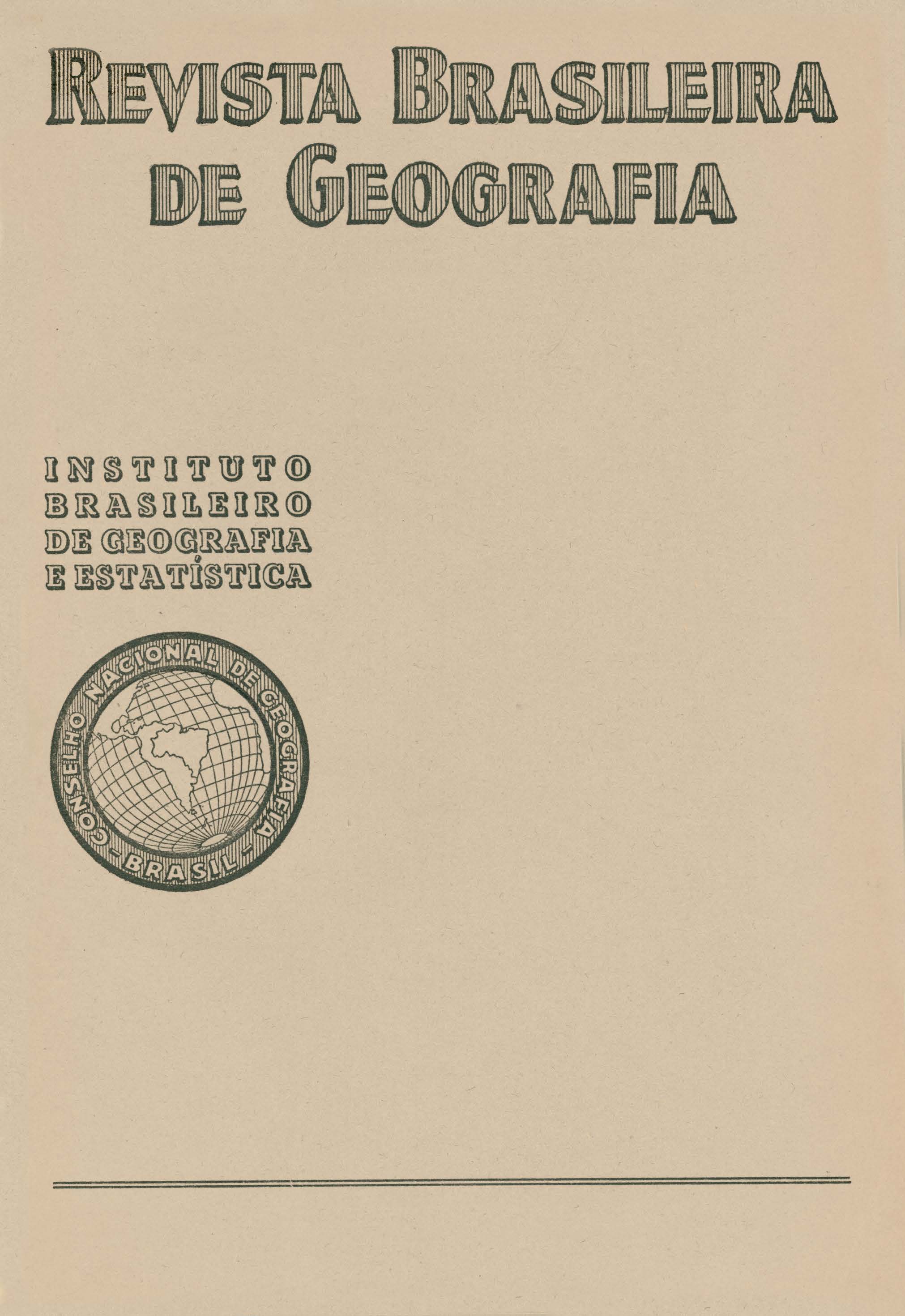Expedição ao Sudoeste da Bahia : relatório 1945
Keywords:
São Francisco,, , Rio,, Vale;, Bahia;, Expedição Científica;, Geografia Física.Abstract
Gilvandro Simas Pereira, an engineer and the author, after telling how the expedition to the Southwest of Bahia was organized, presents an interesting study about the region, dividing it in to geographical zones. There are three different zones: the Highland, the São Francisco valley and the Espinhaço, each of which is described in detail.
The relief of the Highland zone is of a tabular appearance, as a result of the horizontal stratification of the geological terrain. Joining this (mesiforme) relief, we find rivers that cut deeply into its valleys. The limits of the zone are then designated by the author.
The zone is also divided into two sub-zones, which are: the general and the Archean-Silurian. People and cities are located in the latter zone.
Finally, he studies the people in their different work.
The zone of the São Francisco valley constitutes a wide ribbon which goes along with the river, having as its western border the Ramalho mountain range which also separates it from the Highland zone. The eastern border first follows along the Monte Alto range and then along the first elevations of the Espinhaço range.
He then describes the zone: first its physical aspect, and then its population with the various types of people- the lake-dwellers, the fishermen, the cowboys and the wood-cutters. After that, he studies the two cities in this zone, Lapa and Carinhanha.
The third zone, the Espinhaço area, is characterized by the rugged topography of the isolated hills and of the continuous mass heaps. These heights are in contrast with the monotonous relief of the first two zones. Physically, it is divided into two sub-zones: the Contrafortes area and the Espinhaço area.
The zone is studied in detail, bringing out each of the sub-divisions and taking care to limit them, stressing the problem of communication and transportation, and noting the greater development of human occupation in this' zone in comparison to the other two zones. The cities of Riacho de Santana, Monte Alto, Guanambi in the Contrafortes sub-zone and Caetité, Caculé and Jacarací In the Espinhaço sub-zone are briefly studied. It is shown that in this zone, in spite of the difference of landscape and topography, the people are confronted with the same problems of those in the other two zones - the lack of transportation and water.
He tries to solve the first problem by modifying the method of water transportation through modernization and increasing of the number of transports and by the construction of a branch railway connecting Bom Jesus da Lapa to the Central Railway of Bahia, leading toward a future network of railways. The lack of water problem could be solved by the construction of dams and a reasonable network of canals to facilitate irrigation.






